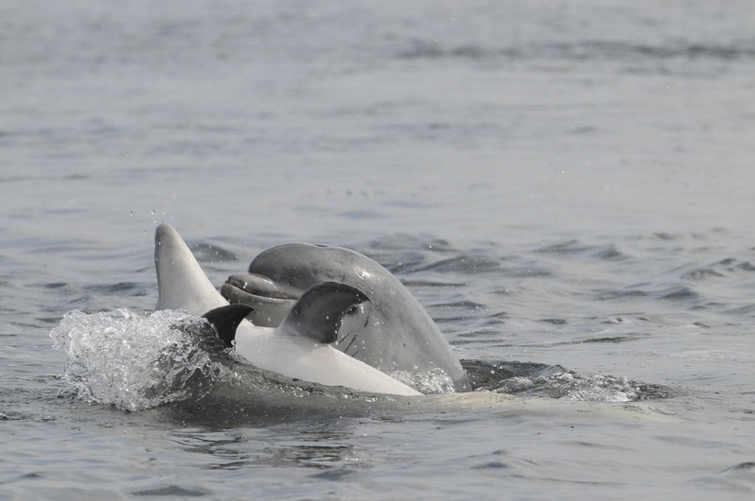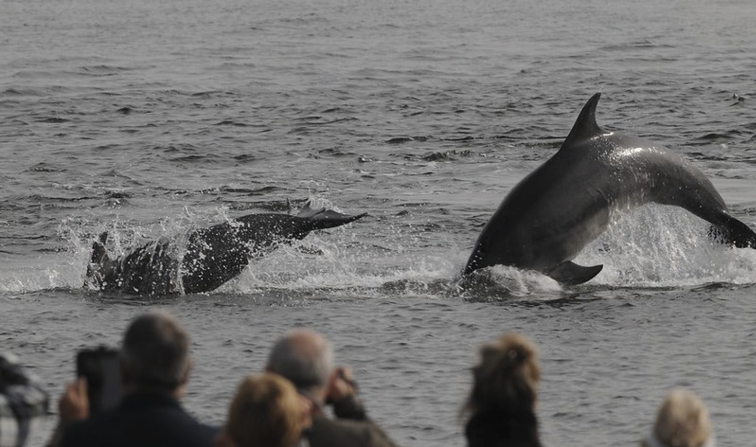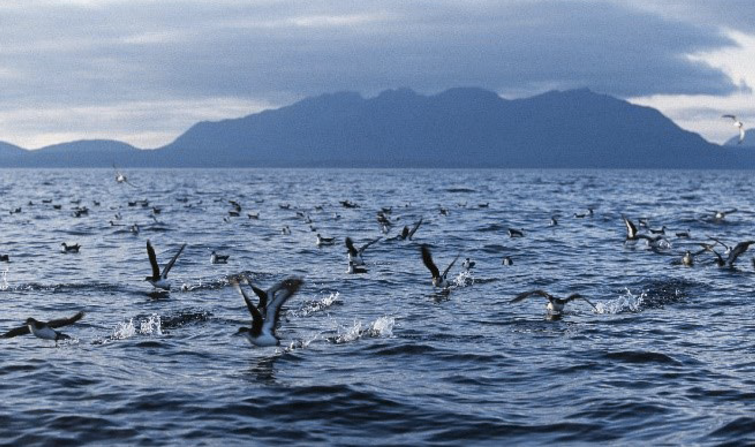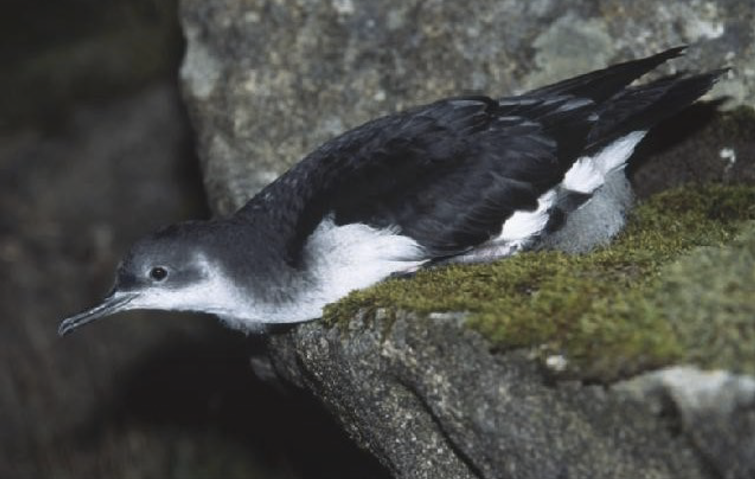Marine Protected Area network: 2024 report to the Scottish Parliament
A report to the Scottish Parliament on progress being made in implementing Scotland's Marine Protected Area (MPA) network.
11. Monitoring the MPA network
The Scottish MPA Monitoring Strategy sets out our approach to monitoring Scotland's MPA network. The Strategy is a collaborative document developed jointly by Marine Directorate, NatureScot and JNCC. It was first published in 2017 and, as a working document, is reviewed on a regular basis. It was most recently updated in March 2024.
The Strategy sets out the objectives of an MPA monitoring programme; namely to understand the condition of protected features, how and why condition is changing over time and to assess the effectiveness of conservation policy and management measures. This is critical to ensure we meet our assessment and reporting obligations[11]. A risk-based approach has been adopted to ensure MPA monitoring targets a representative range of features across their geographical range in Scotland. Not every site or every feature can be monitored in each reporting cycle; the aim is to balance the objectives of the strategy with a proportionate use of resources, working in partnership with others. The Strategy is supported by a series of annexes which provide more detail on monitoring methods, collaborative working, current monitoring and a two year forward look for MPA monitoring.
Alongside MPA monitoring delivered by NatureScot, Marine Directorate and JNCC, citizen science has a key role in furthering our understanding. The numbers of citizen scientists in coastal communities around Scotland actively involved in the collection of monitoring data has increased significantly since 2018. This comprises long-running programmes on seabirds, cetaceans and seabed habitats (e.g. the Seasearch volunteer dive survey project). NatureScot published the Community-led Marine Biodiversity Monitoring Handbook and continues to offer groups support to help ensure that surveys follow standard methods and record data accurately in a format that can be shared and used widely. Quality assurance occurs for all biological records flowing into databases, with determination, validation and verification performed using field observations and video footage/imagery, before they may be used to inform decision making.
Industry also has an important role to play, for example fishermen and scientists from Marine Directorate and NatureScot worked together with support from the European Maritime Fisheries Fund (EMFF) to survey seabed habitats between Loch Alsh and Torridon in 2019. More recently NatureScot has also co-operated with fishermen in Skye, using drop-down video cameras to survey the seabed there to help inform management decisions.
Case study five on the long-term monitoring programme for the east coast bottlenose dolphin population led by the University of Aberdeen in collaboration with a range of partners including the Sea Mammal Research Unit, highlights the work that many academic institutes play in improving our understanding of MPAs in Scotland.
Historic Environment Scotland also undertakes periodic monitoring work on Historic MPAs to maintain a register of survival and site condition. They have also received reports from diving clubs and archaeologists who help to monitor historic shipwreck sites, such as at Kinlochbervie where a Citizen Science report was produced in 2022.
An assessment of the extent to which monitoring is in place for MPAs is included as part of the wider assessment of progress towards meeting the conservation objectives of MPAs is provided in Annex 5.
Case Study Five
Understanding change in Scotland's east coast bottle nose dolphin population
The Moray Firth Special Area of Conservation (SAC) helps protect the only resident population of bottle nose dolphins in the North Sea, which is the most northern resident bottlenose dolphin population in the world. This population is of conservation concern because of its geographic isolation, small population size and proximity to human activity. The impacts of proposed developments and activities (e.g. the construction and operation of offshore windfarms, ports, and harbours) within the SAC are managed for bottlenose dolphins via the licencing and consenting process. The Scottish Marine Wildlife Watching Code is promoted to help reduce the impact of tourism and recreation activities on the dolphins.

Collaboration between industry, universities, nature conservation bodies and Scottish Government, in the form of the strategic Moray Firth Marine Mammal Monitoring Programme, has provided useful and extensive research over many years. Annual collection of photographs of individually recognisable dolphins in both the Moray Firth SAC and the Firth of Tay waters is one research example, giving essential data on abundance, distribution, survival, reproduction, social structure and body condition. Acoustic monitoring in the inner Moray Firth complements the photo-identification work, providing information on levels of noise from human activities and how the dolphins use the SAC over time, by recording their vocalisations.
At the time of designation in 2005, the population was not in a good condition, but there was some evidence of recovery. The most recent 2024 site condition monitoring report, including new analyses and data collected between 2017 and 2022, shows that the long-term trend (since 2001) in the number of dolphins using the SAC remains stable and the use of this protected area continues to be high. Despite a declining short-term trend (over the last 6 years) in the dolphins' use of the SAC, overall, the news continues to be positive for this small east coast bottlenose dolphin population. The population continues to increase, with both the SAC and the Tayside waters being used by more than 50% of the dolphin population in most years. The status of the Moray Firth SAC bottlenose dolphin feature is now considered to be in a good condition.

The results from this programme highlight the importance and power of collaboration across sectors to support monitoring within and outside protected areas for mobile marine species. Trialling new technology, such as the use of drones to monitor the health of individuals (body condition and pregnancy), and refining current approaches through collaborative research, continues to improve the efficiency and cost-effectiveness of the monitoring programme.
Case Study Six
Ensuring continued SPA success on Rum through novel application of Manx shearwater population modelling techniques
Rum Special Protection Area protects several nationally and internationally important seabird and waterbird species, including Scotland's largest breeding colony of Manx shearwater. When the SPA was established in 1982, the island hosted 23% of the world's biogeographic population of Manx shearwater. The 2021 Seabirds Count census estimated 288,894 Apparently Occupied Sites, indicating that the population has continued to increase.
As burrow nesters, Manx shearwater are vulnerable to predation by invasive predators including rats. Additional pressures come from climate change (for example the impact of excess rainfall causing burrow flooding and milder winters supporting increased rat survival and leading to increased rat predation), the potential impact of collision and displacement from marine renewables developments, and Highly Pathogenic Avian Influenza (HPAI).
To help understand how tolerant this population may be to future pressures, Marine Directorate and NatureScot commissioned a study (funded by the ScotMER programme) to construct a model of Rum Manx shearwater population dynamics. This includes information on burrow occupancy, breeding success, weather data, rat depredation, and rainfall.


Using the model, we predicted how the population may respond to different pressures; indications are that because the population is currently healthy it would be able to recover from a one-off event causing 50% adult mortality and complete breeding failure. However, the population is predicted to be most vulnerable to modest reductions in adult survival, if they are sustained over long a period of time. For example, the model indicated that a 5% annual reduction in adult survival led to a 69% chance of decline over the next 25 and 100 years.
The 2021-2023 outbreak of Highly Pathogenic Avian Influenza (HPAI) in Scotland's seabird populations raised additional concern that Rum's Manx shearwater population may be at risk of a severe HPAI mortality event, as recorded in other seabird species. If a significant mortality event occurs in the Rum colony, an increased rat population could be supported within the colony area over the winter months (as a result of the feeding opportunity provided by dead birds). This could pose an additional pressure to Manx shearwater breeding success through increased rat predation in subsequent years. In response to this, we created an action plan to measure relative rat abundance in the Manx shearwater colony, and to trigger rat control in key colony areas if this becomes necessary.
There is currently little overlap between Rum Manx shearwater at-sea distribution and offshore wind, however, future lease areas of the ScotWind programme will see developments in areas used by Manx shearwater. The model can also be used to predict the impact of specific developments, where interactions are fully known, and will therefore support sustainable development of offshore wind while also protecting Scotland's unique marine environment.
Contact
Email: marine_biodiversity@gov.scot
There is a problem
Thanks for your feedback